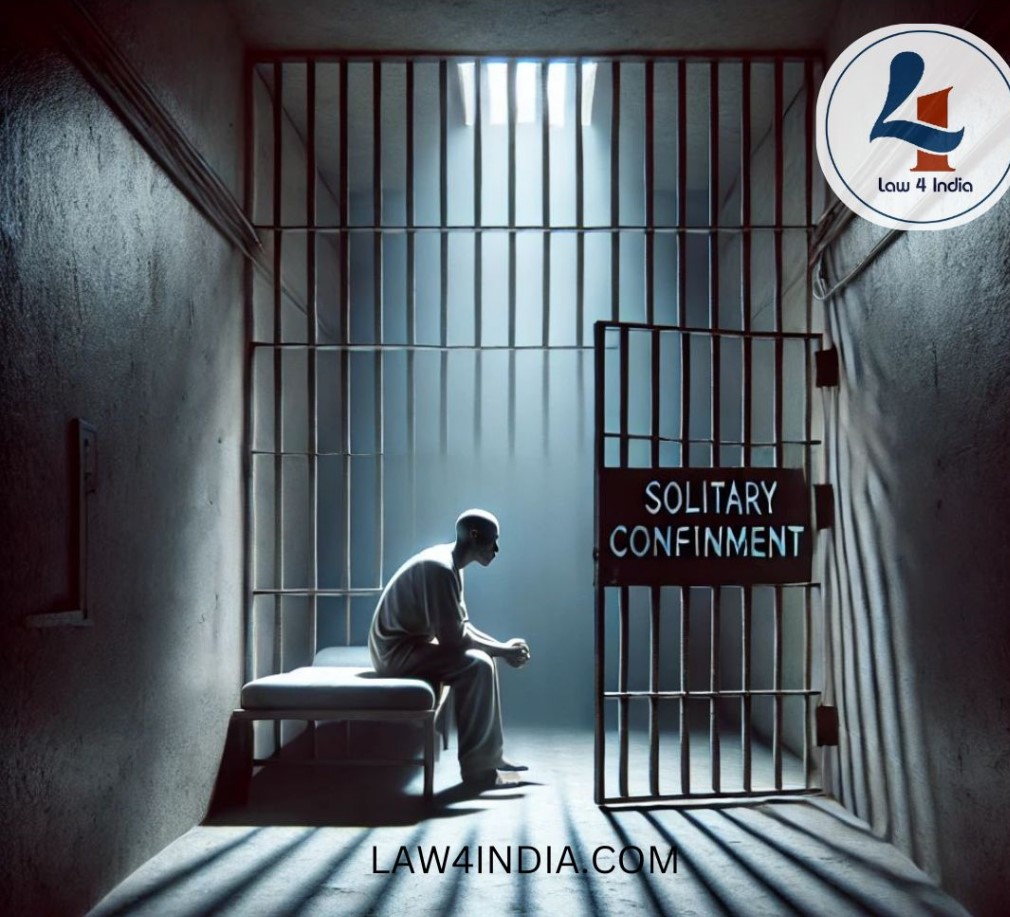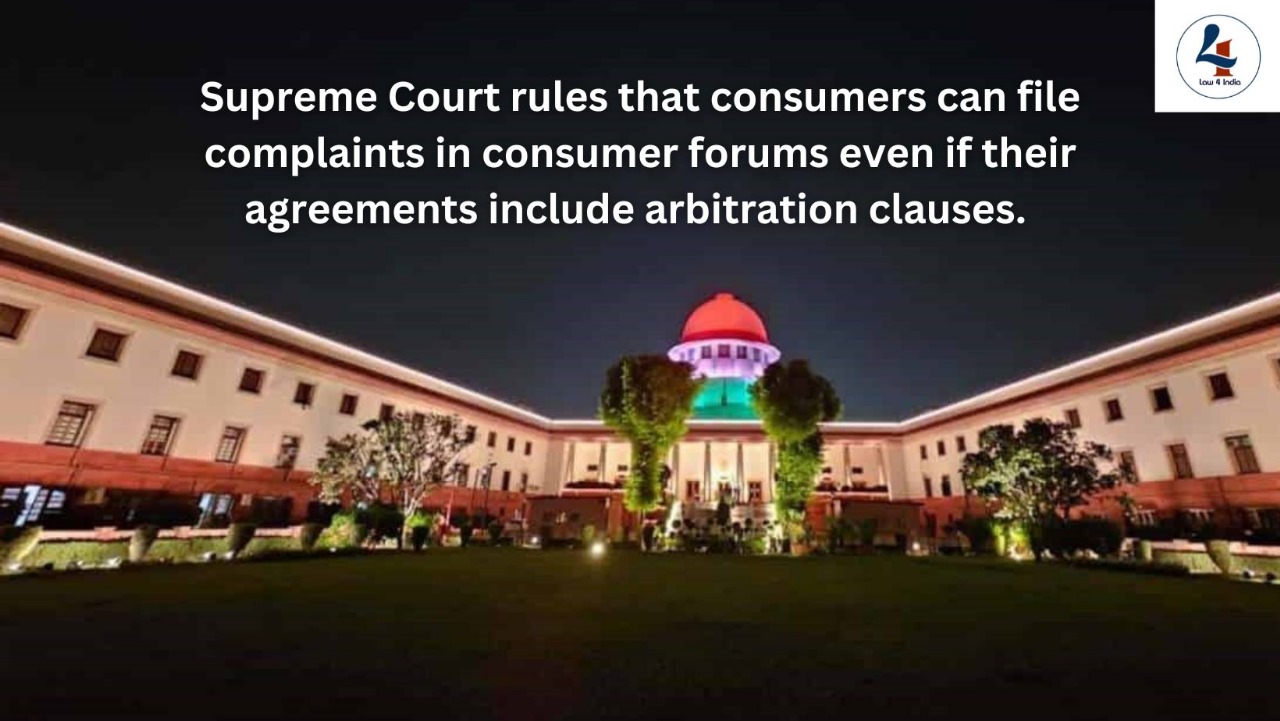- Md Faisal Khalid
Solitary confinement is a method to punish the prisoners by isolating them in small cell with minimum human interaction and it is one of the most debated forms of punishment in modern law but it has many mental and physical health consequences when individuals were subjected to it. This article briefs about the solitary confinement legal framework judgments through which it developed and also compares it to the international standards.
The Origin of Solitary Confinement
Solitary confinement was introduced in the era of 18th century in the United States at the Walnut Street Jail in the state of Philadelphia. The prisoners were sent to solitary confinement to encourage them to repent of their crimes and reform. But with time the prisoners started facing mental illness by prolonged exposure therefore led to the revaluation of solitary confinement.
In India solitary confinement was introduced in the British era and it was used as a tool for breaking the spirit of the freedom fighters and politicians who were causing dangers to the British rule.
Solitary Confinement under the Indian Penal Code (IPC)
The Indian Penal Code 1860 which was framed in the British era still being used a form of punishment in India. It is not explicitly defined in section 73 of the Indian penal code under the term imprisonment. but broadly covers the term solitary confinement where certain types of prisoners can be exposed to this punishment.
According to section 73 of the IPC (now turned Section 11 of BNS,2023) provides that prisoners serving life sentences may be subjected to solitary confinement for a maximum of three months under specific conditions.
The law mandates the conditions were there is need for medical evaluation to ensure prisoner health and physical conditions are not adversely affected.
While solitary confinement is legally permitted, the Supreme Court of India has restricted its use, recognizing its inhuman and degrading nature as a violation of fundamental rights.
Pre-Independence Solitary Confinement
During the British rule solitary confinement was often used by the government to silence the people from raising their voices and often it was also used in the offense of less criminal cases.The freedom fighters like Bal Gangadhar Tilak and Lala Lajpat Rai were given punishment of solitary confinement in various jails. As this tool was often used as a weapon to punish those who were deemed a threat to the empire. Indian Penal Code was enacted in 1860 including the provisions for imprisonment and solitary confinement.
Post-Independence Solitary Confinement
After India’s independence in 1947, solitary confinement continued to be used, though subject to legal scrutiny. In the early decades, it was applied to individuals accused of serious crimes such as terrorism and violent rebellion.
With growing awareness of human rights, concerns over the practice intensified. Human rights organizations and legal scholars highlighted the psychological impact of prolonged isolation, leading to a shift in legal perspectives and increased regulation.
The IPC lacked provisions for the mental well-being of prisoners and did not specify the maximum or minimum duration of solitary confinement, leading to widespread abuse by colonial authorities.
Landmark Judgment: Solitary Confinement Restriction.
Sunil Batra v. Delhi administration 1978
- The Supreme Court ruled that solitary confinement should only be imposed in extreme circumstances and not for prolonged durations.
- The Court emphasized the psychological harm caused by isolation and stated that prisoners should not be subjected to solitary confinement unless absolutely necessary for security reasons.
- Judicial review was deemed necessary to prevent the violation of prisoners’ rights.
Solitary Confinement in Other Countries
Internationally, solitary confinement remains a contentious issue, with different countries implementing varying regulations:
- United States: Solitary confinement is widely used, especially in supermax prisons. However, some states have reformed their laws, limiting its use for juveniles and individuals with mental health conditions due to concerns over long-term psychological harm.
- United Kingdom: Solitary confinement is strictly regulated and used only for short periods under controlled conditions. The European Court of Human Rights has ruled that confinement beyond 15 days constitutes torture and a violation of human rights.
- Canada: Canadian law restricts the use of solitary confinement, particularly for vulnerable groups such as Indigenous people and individuals with mental health conditions. In 2019, legislation was passed to limit its use and promote rehabilitation.
- Norway: Norway has largely abolished long-term solitary confinement, focusing on rehabilitation and reintegration. Norwegian prisons emphasize human dignity and social reintegration rather than punitive isolation.
Conclusion
Solitary confinement is a method to control dangerous individuals in prison but it is also known for its adverse psychological harm to prisoners. The practice was widely used in India in the colonial era and still practiced after the independence. After the landmark judgements by the Supreme Court the awareness grew of its harm on the prisoners to regulate and restrict its use.
The legal framework surrounding the Indian solitary confinement laws continues to evolve balancing the need for prison security and protection of prisoner’s human rights. The comparison to other countries Indian has many challenges that solitary confinement remains under guidelines to be used in the most exceptional conditions and in short periods.
Awareness of human rights in India and in other countries will shape the use of solitary confinement. the emphasis on rehabilitation over punishment will order a more humane treatment to prison which will be a guiding principle in the penal system that values justice dignity and human rights.
Md Faisal Khalid Intern Feb: Md Faisal Khalid is a 2nd Year Law student at Campus Law Centre (University of Delhi)




